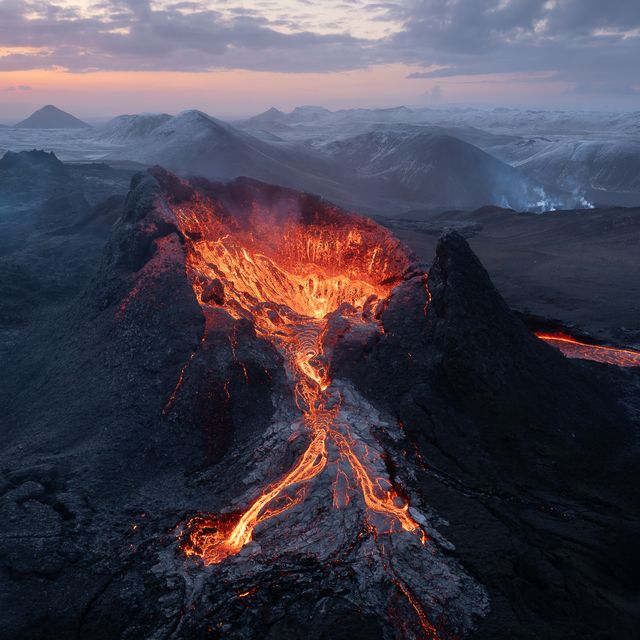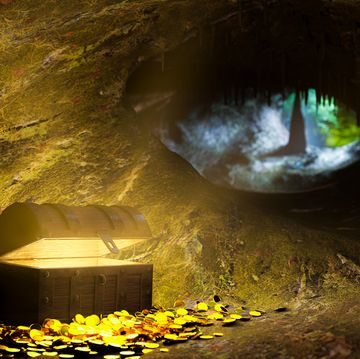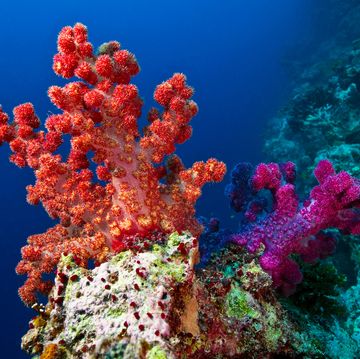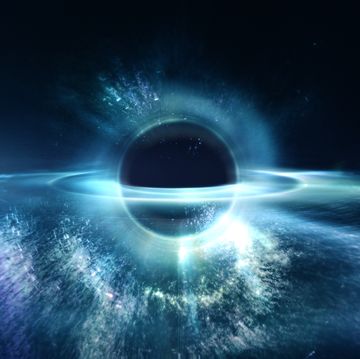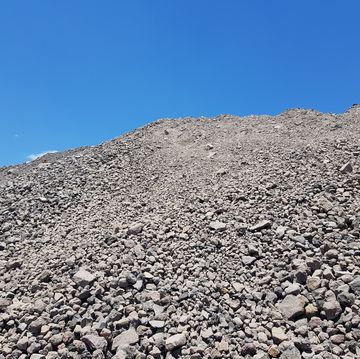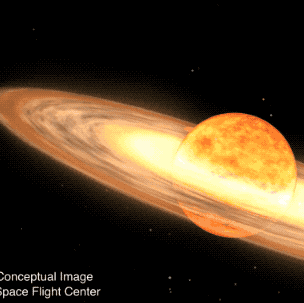- An area near Grindavik, Iceland is showing high likelihood of a devastating volcanic eruption.
- Flowing magma has already caused thousands of earthquakes and started to deform the land.
- A nine-mile magma tunnel continues to show volatility.
There’s a new flow of magma in Iceland, and it has the southwestern town of Grindavik on high alert. The highly active magma—which becomes lava when it reaches the Earth’s surface—has already caused thousands of earthquakes, some of which have occured in clusters known as “earthquake swarms.” The magma has deformed the land in and around the town, and isn’t showing any signs of stopping.
“The likelihood of an eruption remains high,” the Icelandic Meteorological Office says in a statement. “If an eruption occurs, the most likely location will be on the magma intrusion. Our latest hazard assessment does not indicate any other potential eruption sites.”
With hundreds of earthquakes happening daily, the Icelandic Meteorological Office reports “ongoing formation of the magma intrusion.” That magma flow stretches through a nine-mile corridor from northwest of Grindavik into the Atlantic Ocean and, at the closest point, is less than one mile underground. The tunnel now flows through a 2,000-year-old series of craters, according to RUV, and has only been growing in intensity since it began flowing.
The continued flow of the magma is already wreaking havoc on Grindavik, a town with a population of 3,400. The magma tunnel has been pushing the earth around, causing parts of the land to dip and others to rise both in and around the coastal town.
With the magma event—which has been ongoing since October—showing no signs of slowing, the concern continues to grow regarding what may be next as the molten rock moves closer to the surface.
If the magma does erupt, where it occurs could have significant impact. “It could become explosive if the magma interacts with sea water,” Michele Paulatto, research fellow at Imperial College London, says in a statement. “If it erupts undersea, it could cause a Sertsevan eruption similar to the one that happened in 1963, also in Iceland, and created the island of Surtsey. That particular eruption lasted several years, so this is a possibility.”
Still, it proves difficult to predict the size of an eruption. Or the location. That doesn’t bring much solace to the residents in the evacuated town of Grindavik.
“The evacuated town of Grindavik is very close to the position of the new fracture, and its survival is far from assured,” Bill McGuire, professor emeritus of Geophysical & Climate Hazards at University College London, says in a statement. “Everything depends upon where magma eventually reaches the surface, but the situation doesn’t look good for the residents of the town.”
The BBC reports that crews are building a wall around a geothermal power plant roughly six miles from the town in an effort to stave off any flowing lava that could head its way.
In 2010, the Eyjafjallajökull volcano erupted near glacial ice in Iceland, creating an ash cloud that then canceled roughly 100,000 flights. Experts don’t expect a similar outcome if Grindavik erupts. So far, there has been no impact on Keflavik International Airport about 18 miles northwest of the area.
According to NPR, of Iceland’s 32 volcanic systems, the Reykjanes Peninsula (where Grindavik is located) has seen three eruptions in three consecutive years. This comes after over 800 years without a single eruption. With “significantly more” magma moving toward Grindavik than what preceded the Fagradalsfjall eruption that began in 2021, it may simply be a matter of when—not if—Grindavik erupts.
Tim Newcomb is a journalist based in the Pacific Northwest. He covers stadiums, sneakers, gear, infrastructure, and more for a variety of publications, including Popular Mechanics. His favorite interviews have included sit-downs with Roger Federer in Switzerland, Kobe Bryant in Los Angeles, and Tinker Hatfield in Portland.
